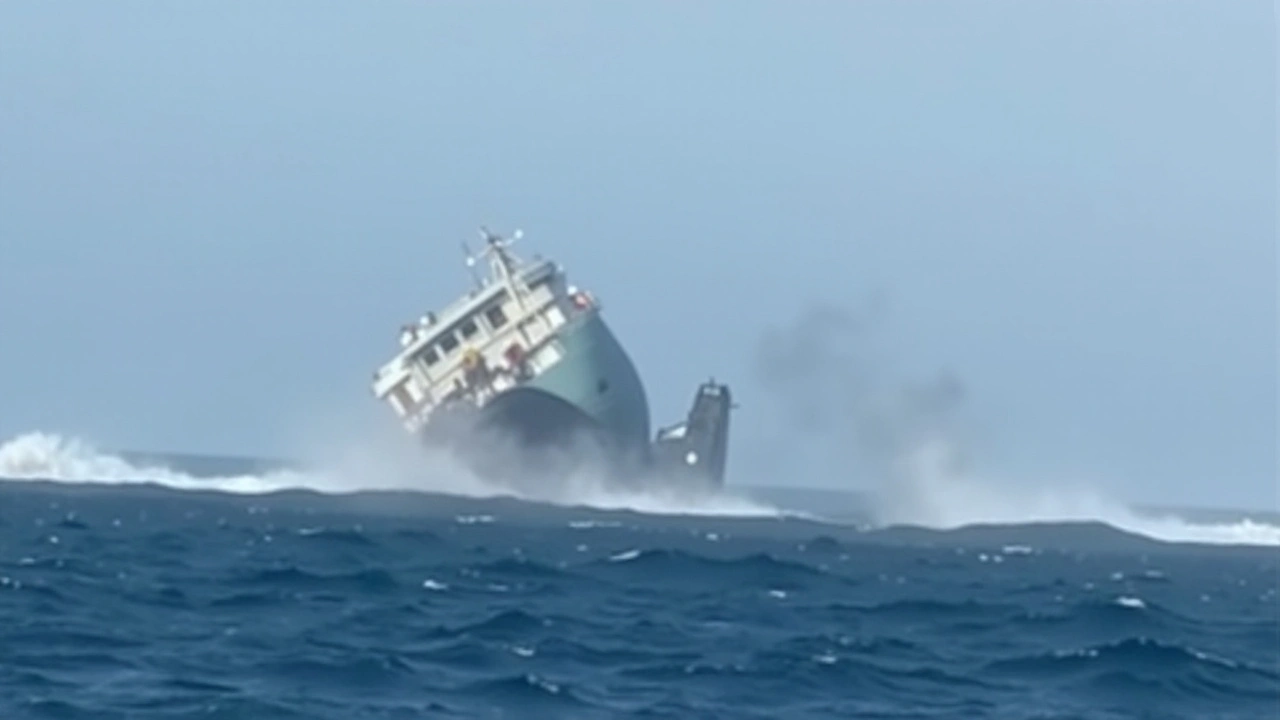Vessel Salvage: What to Do When a Ship Runs Aground or Sinks
When a vessel is damaged, stranded or sunk, timely salvage stops pollution, protects lives and limits costs. Salvage isn’t just towing a ship away. It’s a fast, technical response that combines safety, law and heavy equipment. Whether you’re a shipowner, port official or a witness, knowing the steps helps you act fast and avoid bigger problems.
How vessel salvage works
First, responders assess the scene. A quick survey notes hull breaches, cargo type, fuel on board, weather and nearby hazards. Next comes a salvage plan: seal holes, pump water, lighten the ship by removing fuel or cargo (lightering), then refloat and tow or lift the wreck. Plans vary: small boats might be patched and towed; large ships may need cranes, air bags or parbuckling (rotating a ship upright).
Key equipment includes tugs, salvage pumps, divers and remotely operated vehicles (ROVs), heavy-lift cranes, barges and cofferdams. Salvors often use the Lloyd’s Open Form (LOF) contract for emergency work; that lets operations start immediately with payment settled later. The SCOPIC clause can add protection for environmental work, giving predictable pay for pollution-prevention actions.
Costs, legal steps and safety
Costs depend on ship size, cargo risk, distance, sea state and pollution threat. High-risk wrecks near shore or in busy shipping lanes carry bigger bills. Owners should notify their hull insurer and P&I club immediately—these groups often coordinate salvage and cover claims. Coastal states also have rights: under the Nairobi Wreck Removal Convention (2007) and the 1989 Salvage Convention, a coastal state can require wreck removal to protect its waters.
If you find a stranded or sunken vessel, do three things: stay clear for your safety, report it to the local coastguard or port authority, and give clear location details. For shipowners, document every action, keep photos, log times and get witness statements. That paperwork matters for salvage awards and insurance claims.
Environmental risk is a top priority. Salvors focus first on removing fuel and hazardous cargo to prevent spills. That can mean temporary fuel transfers, building cofferdams, or controlled cutting and lifting. Local authorities usually direct pollution response while salvors handle technical recovery.
Choosing a salvor: pick firms with local experience, heavy-lift gear and good safety records. Check references and confirm they know regional rules and who to contact at port and coastal authorities. For urgent cases, an LOF salvor can start work right away, then sort payment later through arbitration or agreement.
Salvage is complex but manageable with fast, coordinated action. Report incidents early, involve insurers and authorities, and hire experienced salvors. That approach saves money, limits environmental damage and protects people.
New Zealand Navy Salvage Operation Finds Intact Fuel Tanks Aboard Sunken Survey Vessel, Limiting Environmental Impact
By Sfiso Masuku On 10 Oct, 2024 Comments (16)

The Royal New Zealand Navy has avoided a potential environmental disaster after the survey vessel HMNZS *Manawanui* was found with intact fuel tanks following its grounding and eventual sinking in Samoa. Divers assessed the wreck and confirmed minimal diesel leakage, bringing relief to local fishermen. Salvage operations are underway to recover the diesel and assess the wreck with the help of recovered voyage data.
View More




